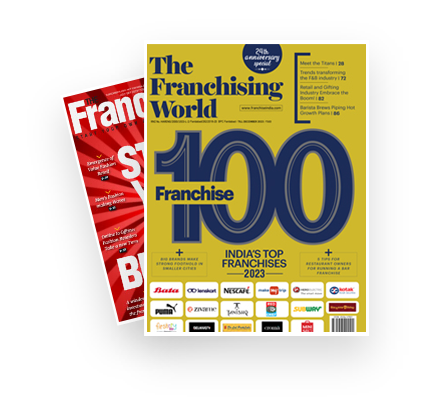
Toyota,one of the world’s leading automobile companies, continues to innovate in the direction of sustainable mobility. At a recent auto expo, the company showcased its Multi-Technology Pathway, which included hybrid, plug-in hybrid, flex-fuel, and fuel-cell electric vehicles.
Toyota’s goal is to achieve life-cycle-based net-zero carbon by 2050, focusing not only on vehicle emissions but also on eliminating carbon from manufacturing and the entire value chain.We had an Interview with Vikram Gulati, Country Head and Executive Vice President (Corporate Affairs and Governance) of Toyota, where he shared insights on Toyota's electric mobility strategy, future plans, and the government’s EV policies. Let’s explore how Toyota is preparing to give new momentum to green mobility in India.
Which EV concepts have been showcased by the company at the Bharat Mobility Expo?
Vikram Gulati: At this expo, we showcased a very unique display called the "Multi-Technology Pathway." It is a technological journey that presents all green mobility technologies together. We have Battery Electric Vehicles (BEVs), along with Hybrid, Plug-in Hybrid, and a very special new technology, a Flex-Fuel Plug-in Hybrid vehicle that can run on 100% ethanol.
Additionally, we have also showcased a hydrogen car concept, known as Fuel Cell Electric Vehicle (FCEV). Our technology range spans from strong hybrids to battery electric vehicles.
What are the future plans in this sector?
Vikram Gulati: Toyota is fully committed to moving towards net-zero carbon. Our vision of life-cycle-based net-zero carbon by 2050 goes beyond just tailpipe emissions; we are working on eliminating carbon from our products, manufacturing, and the entire value chain. We consider each country's energy mix, infrastructure readiness, and consumer behavior. We believe that the shift to green mobility must happen now, at a fast pace, and at scale.
Do you think government policies are promoting the EV sector?
Vikram Gulati: Government policies play a crucial role in the development of the EV ecosystem, and we are grateful for them.The government has adopted a holistic approach, offering incentives under programs like Production Linked Incentives (PLI) for vehicles, auto components, advanced battery technology, and electronics.
Demand-side incentives such as the previous FAME scheme and now the eDrive scheme have also been introduced. A 5% tax on EVs is a major encouragement.Furthermore, the government is promoting ethanol and other green energy options. Ethanol is a completely indigenous fuel produced by our farmers. This reduces our dependency on foreign fuels and imported technologies.
The government plans to achieve the target of 20% ethanol blending soon and is encouraging automobile companies to introduce flex-fuel vehicles.Flex-fuel technology is extremely important because the plants used to produce ethanol absorb carbon from the atmosphere. As a result, the carbon footprint of our plug-in electric flex-fuel car is even lower than that of Battery Electric Vehicles (BEVs).
Conclusion:
Through its Multi-Technology Pathway, Toyota is promoting sustainable mobility. The company is working on hybrid, plug-in hybrid, flex-fuel, and fuel-cell electric vehicles, keeping its net-zero carbon goals in mind. At the same time, the government's green mobility policies and incentives for ethanol-based vehicles are accelerating the EV revolution in India.

